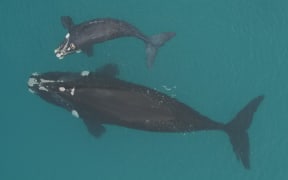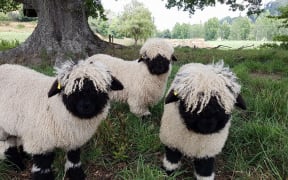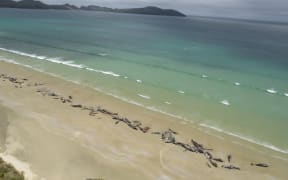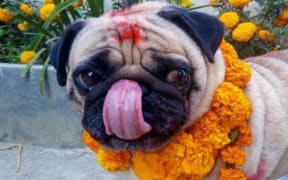Everything from super cute sheep to a seal that slapped a man with an octopus hit the headlines this year. RNZ looks at some of the animal tales that amazed us or had us saying 'aw'.
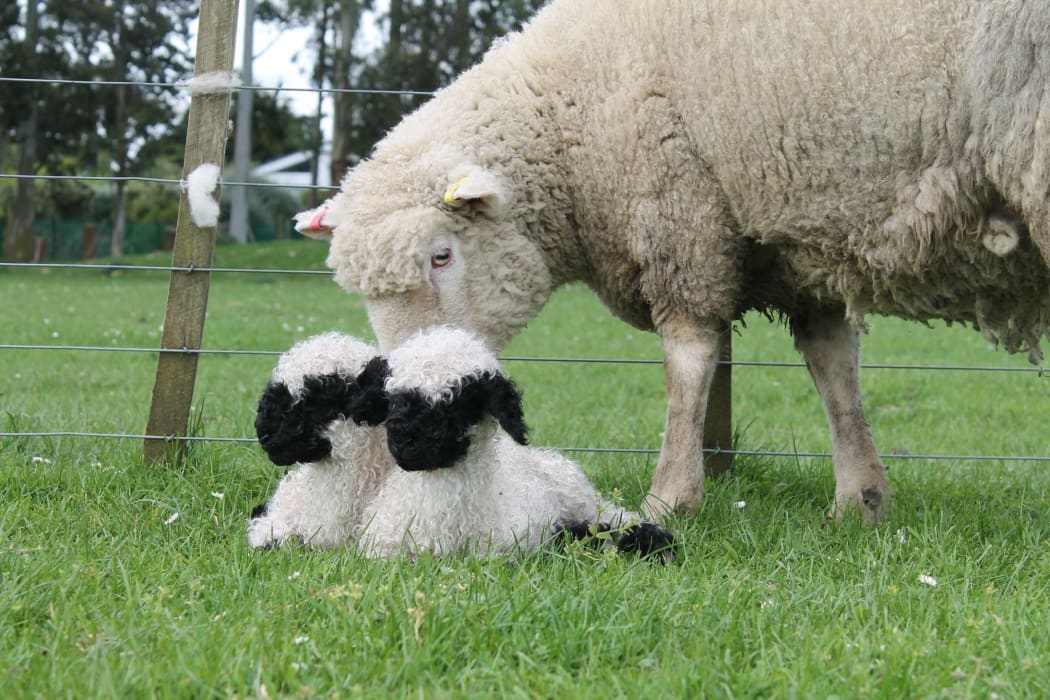
Photo: Supplied
The 'cutest sheep in the world' became the stars of the New Zealand Agricultural Show in Christchurch in November.
Swiss Valais Blacknose sheep have a black head, black knees and fluffy white fleece.
Wairarapa farmer Christine Reed and several business partners formed Valais Blacknose NZ and imported the breed as embryos from the United Kingdom about a year and a half ago.
"If you were to imagine a poodle that was in fact a sheep... they are the cutest thing on four legs," she said.
Although the Valais Blacknose have been bred in Switzerland for hundreds of years, only a handful of farmers in New Zealand are breeding them.
Ms Reed said they were building up their flock of the sweet sheep. They intended to sell them to lifestyle block owners and other farmers who were looking to have livestock with a wow factor, she said.
"What we were really astounded by… was their personalities," Ms Reed said. "They're just like dogs, they're actually not like a sheep at all... so they are very very inquisitive, very friendly... the lambs will come up to you in the paddock and climb all over you."
Social media users around the world shared RNZ's story about the sheep.
The story reached more than 45,000 RNZ website readers and 73,000 on RNZ's Facebook page, with thousands of likes and comments.
Video footage captured a seal smacking a kayaker in the face with an octopus near Kaikōura.
While out in kayaks, a group of friends happened across a large fur seal in battle with a huge octopus on the ocean's surface about 10m away. The seal disappeared and suddenly reappeared beside the kayak that Kyle Mulinder was in, slapping him hard across the face with the octopus.
"I don't think the seal knew I was there," Mr Mulinder said.
"The crazy part was [the octopus] was still alive, and then it grabbed on to the kayak... the video shows it's alive and it's not giving up.
"It all happened so fast I don't think I had time to be scared, to be stoked, to be surprised. Man, I got slapped in the face by an octopus."
The footage went viral on his @barekiwi Instagram account and he received phone calls and emails requesting interviews from around the world, he said.

Owha the leopard seal is "a bit of an exhibitionist", says NIWA marine mammal biologist Krista Hupman. Photo: RNZ / Dan Cook
Owha the curious seal made waves when she returned to Auckland's Waitemata Harbour in October.
When the leopard seal hauled herself onto a pontoon in Henderson Creek on Te Atatu Peninsula to sunbathe, big crowds of curious locals gathered.
An Auckland rowing squad member, Amy Robson, said Owha had taken a keen interest in their early morning training sessions.
"The seal likes to stalk us as we leave the pontoon in the morning and it comes up super, super close and actually touched the nose of our boat yesterday," Ms Robson said.
Tania Edmonds, who walks her dog in the area, said the seal had become a popular local attraction.
"She was sunning herself on the pontoon, just decked out over there on her tummy and she was very cute," Ms Edmonds said. "When I left at about six, she was upside down with her fins up in the air."
National Institute of Water and Atmospheric Research (NIWA) marine mammal biologist Krista Hupman said Owha was first seen in Otago in 2012.
Since then, she had been a regular visitor around Auckland and Whangārei.
Leopard seals hail from the Antarctic and are usually pretty solitary creatures, but Owha was a bit different, Ms Hupman said.
"I think she's a bit of an exhibitionist actually, because she does like these public areas and she definitely is very curious," she said.
As tall as Michael Jordan and heavier than a car, Knickers the steer is one of the world's biggest https://t.co/fBpJkpWOgK by @Jacquie_8 and @TyneTynelogan pic.twitter.com/kRHfNakLRZ
— ABC News (@abcnews) November 28, 2018
Knickers made news this year, because the western Australian born steer is believed to be the tallest in Australia and one of the tallest in the world.
At 194cm high, Knickers was half a metre taller and double the weight of the average Holstein Friesian, ABC reported.
The seven-year-old is almost as tall as American basketball star Michael Jordan and at about 1400kg, weighs more than a Mini Cooper car.
Owner Geoff Pearson said Knickers had been lucky enough to miss being sent to the abattoir, because he was too big for the export plant's chain.
Instead, he had carved out a niche using his natural ability to lead other cattle around the ranch.
"Whenever he wants to get up and start walking, there's a trail of hundreds of cattle following him," Mr Pearson said.
Margaret River vet Rupert Mothersole said bulls and steers were growing larger due to genetic selection.
According to the Guinness World Records, the world's tallest living steer is an Italian chianina ox called Bellino that was measured at just over 2m in Rome in 2010.
Big Moo, a South Australian Guernsey steer, was previously thought to be the biggest in Australia, but he was 4cm shy of Knickers' imposing stature.
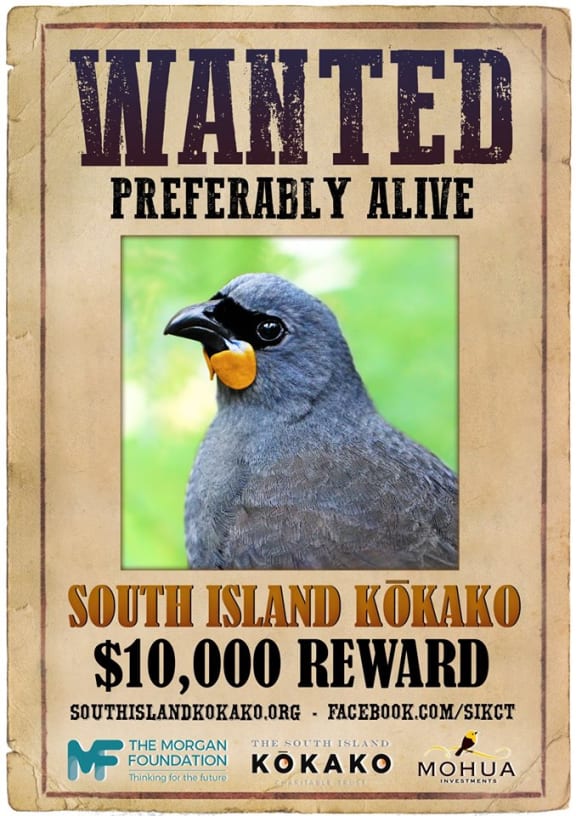
Photo: Supplied / Facebook
Bird lovers were excited when the 'extinct' South Island kōkako was reportedly spotted in Golden Bay.
A tramper hiking on the Heaphy Track in October described seeing a large, dark blue bird with orange under its beak.
The bird flew onto a branch, hopped along a couple of branches, then flew away.
It looked like a South Island kōkako, known as "the grey ghost".
South Island Kōkako Charitable Trust is offering a $10,000 reward for definitive photographic evidence of the bird's existence.
The last accepted sighting of the orange-wattled kōkako was in Mount Aspiring National Park in 1967.
The bird was classified as extinct by the Department of Conservation in 2007.
However, DOC states on its website that "it's remotely possible they may survive in low numbers in remote parts of the South Island and Stewart Island".
Over the years, several other sightings have been reported of the bird, which is a separate species from the endangered blue-wattled North Island kōkako.
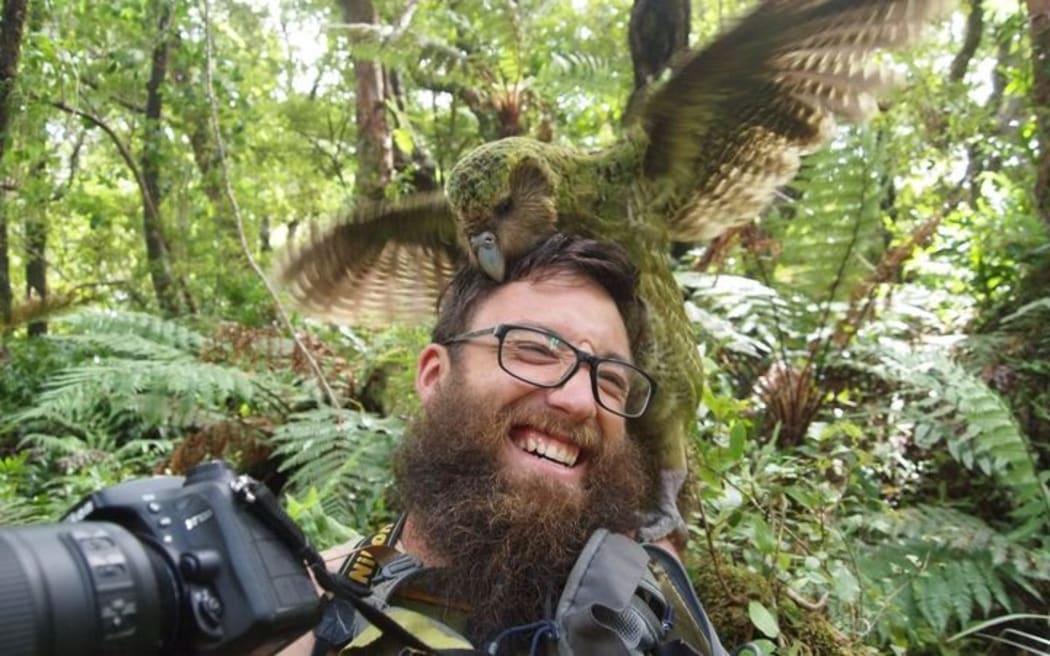
Sirocco gets close with another photographer. Photo: Sara Larcombe DOC
The reappearance of Sirocco the kākāpō after a two-year disappearance was more good news.
The 20-year-old kākāpō shot to fame after trying to mate with the head of a zoologist during the filming of a Stephen Fry documentary.
The star native parrot was not seen between March 2016 and February this year, when he was found by two DOC rangers on his Fiordland offshore island home.
A transmitter attached to the bird had failed.
Kākāpō operations manager Deidre Vercoe said they were confident Sirocco would be happily running wild on the predator-free island.
"We did miss him and his quirky personality though, and we've been really keen to catch up with him."
Only about 150 kākāpō remain.
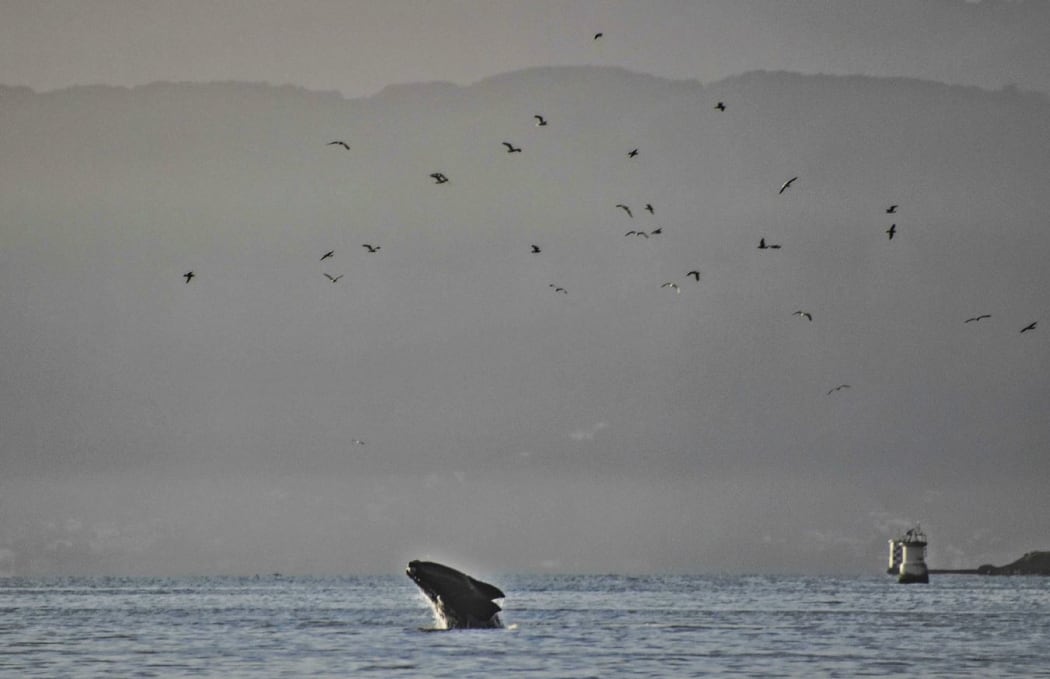
The southern right whale, Matariki, in Wellington Harbour. Photo: Maritime NZ/Mark Dittmer
A southern right whale captivated people's attention and nearly caused a traffic hazard in Wellington in July.
Police had to warn drivers not to stop on the motorway to catch a glimpse of the whale in the city's harbour.
The massive marine mammal was nicknamed Matariki after its presence delayed the Wellington City Council's fireworks display. Acting mayor Jill Day said noise from the fireworks probably would not have harmed the whale, but could have made it "act unpredictably".
"Wellingtonians have fallen in love with this whale - this taonga - and they've been telling us they don't want anything untoward to happen to it," she said. "The whale's presence is a true blessing for Matariki."
Emma Carroll from Auckland University extracted DNA from a small skin sample to confirm Matariki was a juvenile male.
Matariki's appearance was a sign the southern right whale was returning to old haunts around New Zealand, said Will Rayment from the University of Otago's Department of Marine Science.
Before whalers hunted the species almost to extinction in the early 1800s, they were found all around New Zealand in large numbers, Dr Rayment said. "We reduced the New Zealand population from about 30,000 whales pre-commercial whaling, down to about 100," he said.
The total population of southern right whales is now estimated to be about 2500.
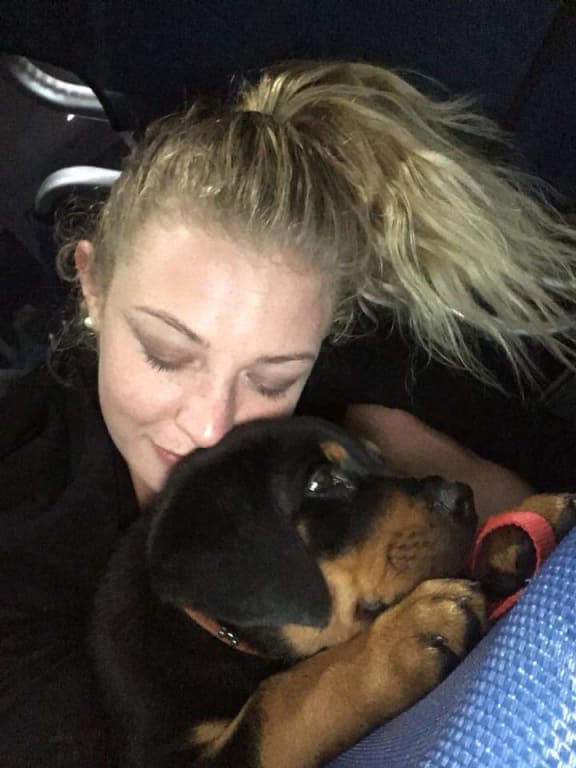
Grace Read was delighted over the return of her puppy, which was stolen from her arms. Photo: Grace Read
Aucklander Grace Read was overjoyed when her puppy, that had been ripped from her arms by two men, was found by police.
The men attacked Ms Read in her driveway in Castor Bay in January and stole her nine-week-old rottweiler puppy, Rosko.
Police found Rosko safe and well at a property in Stanmore Bay.
In August, police received calls from the public about a cat causing commuter chaos on an Auckland motorway.
The cat had lost a leg after being hit by a car on the Northwestern Motorway.
Attempts by senior constable Warwick Lyes to rescue the feline did not go as planned.
"Even with three legs, it managed to move fairly quickly and ran under my car... and somehow jumped up on the suspension, around the centre near where the diff was, and lodged itself up there," he said.
Even with the help of passers-by, Mr Lyes was unable to remove the cat for more than an hour. So he drove slowly back to the police base.
"One of my colleagues drove closely behind me just to keep an eye on what was going on and to inform [me] if... the cat did fall out," Mr Lyes said.
After another 90 minutes at the base trying to reach the cat, Mr Lyes took the car to Giltrap Motors.
Mechanics were finally able to retrieve the small creature.
The cat was treated by a vet, recovered well and received several offers of a new home.
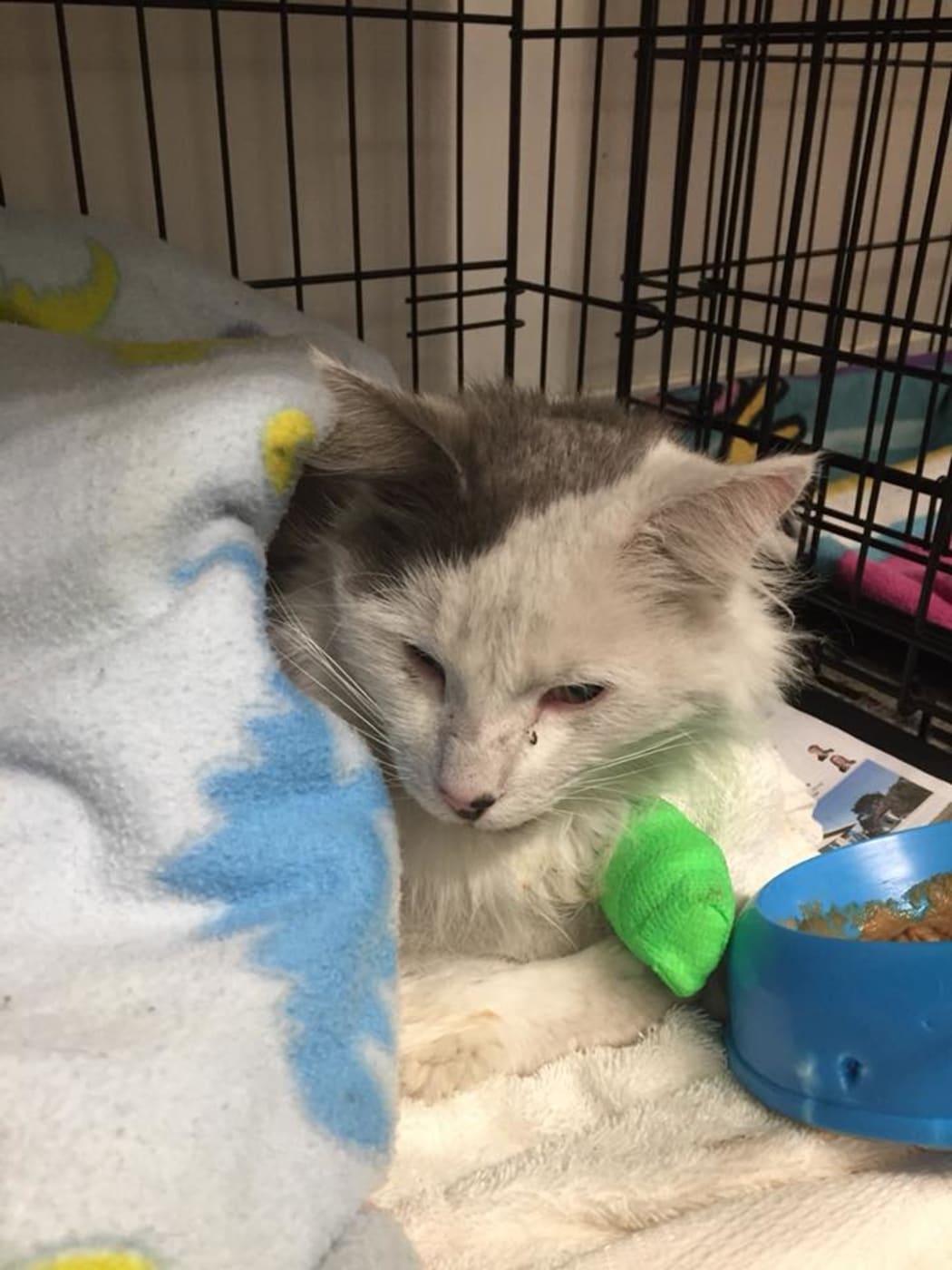
The SPCA treated this cat after it survived a grilling. Photo: Facebook/North Taranaki SPCA
Another cat made a miraculous recovery after it survived a four-hour drive from Auckland to New Plymouth trapped in the grill of a car.
The cat was discovered when the car was parked outside a New Plymouth hotel.
Passers-by saw the moggy and alerted hotel staff, who extracted him from the car's front grill and contacted North Taranaki SPCA.
SPCA spokesperson Jackie Poles Smith said the cat was hanging on so hard to the car grill during the 360km trip that it lost some of its claws.
"That first night we didn't know if he was going to pull through but by the next day he was making really good progress," Ms Smith said.
In Germany, police came to the rescue of a man being chased by a baby squirrel in August.
Officers in the south-western city of Karlsruhe responded to the call for help and arrived to see the creature still terrorising the caller, the BBC reported.
The squirrel was taken into custody after it abruptly fell asleep. Police posted images of the squirrel to their social media.
„Hilfe, ich werde von einem #Eichhörnchen verfolgt!“ Eventuell mit diesen Worten richtete sich am Do, gegen 8:00 Uhr früh, ein Mann an den Karlsruher Polizeinotruf.
— Polizei Karlsruhe (@Polizei_KA) August 9, 2018
Zur PM: https://t.co/QwOz51pXH8
Eure #Polizei #Karlsruhe pic.twitter.com/hMIeu6g0tS
A police report of the incident said the persistent rodent had become their new mascot, and been dubbed Karl-Friedrich.
Baby Karl-Friedrich was being well looked after in an animal rescue centre.
Squirrels are known to chase people when in need of food or help.
Police spokeswoman Christina Krenz told the Guardian squirrels that have lost their mothers can focus their attention on one person as a replacement.
"It can be pretty scary," she said, determining that the caller "was certainly feeling a bit threatened".
Squirrel attacks are not always so benign.
In July last year, New York authorities warned Prospect Park visitors to avoid an "unusually aggressive" squirrel which attacked five people in one week.
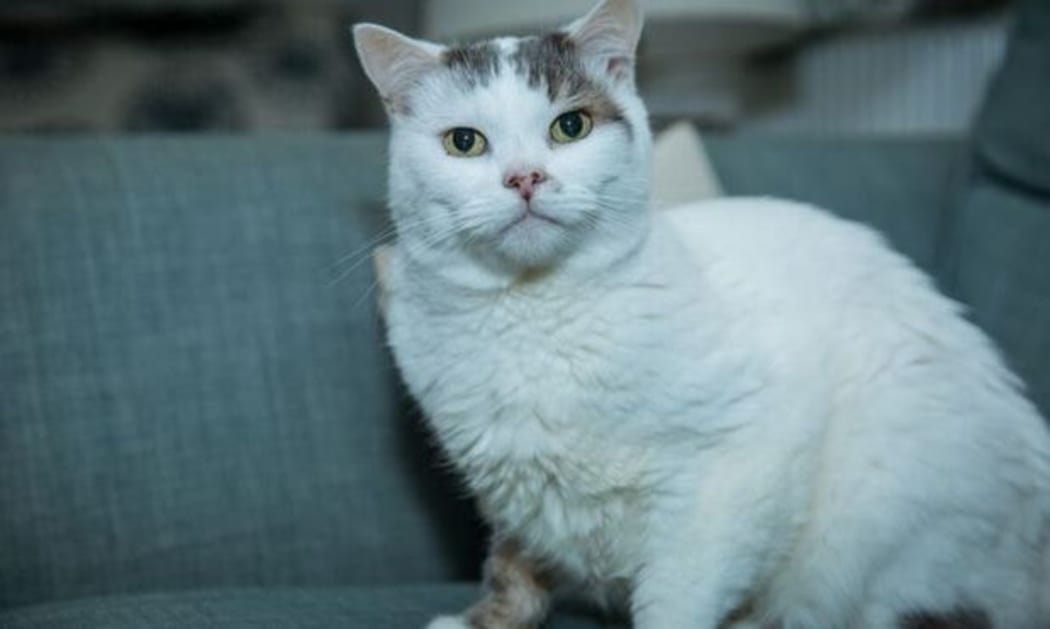
An English cat, the late Theo, won the title of National Cat of the Year for saving his owner's life. Photo: Cat's Protection
A cat in England saved his owner's life by keeping her awake when she suffered a blood clot.
Paramedics said without Theo's actions, owner Charlotte Dixon may not have woken up again, the BBC reported.
Theo, eight, from Redditch, Worcestershire, was crowned National Cat of the Year, but died a week before the ceremony.
"All cats are amazing, but I owe my life to Theo," Ms Dixon said.
"When I woke up in the night feeling unwell, I put it down to a virus. I was confused and shaky but thought I should just get some sleep.
"Theo wouldn't let me and was behaving very strangely and out of character. He kept batting me with his paw, meowing and jumping on me - keeping me awake."
Eventually Ms Dixon rang her mother, who rang an ambulance.
She spent a week in the high dependency unit at hospital but has made a full recovery since the incident, three years ago.
A panel of judges selected Theo for the top prize at the National Cat Awards, run by the Cats Protection League, at London's Savoy Hotel.
"I'm devastated that he's gone, but I'm so proud of him for winning," Ms Dixon sai.
- RNZ / BBC / ABC

